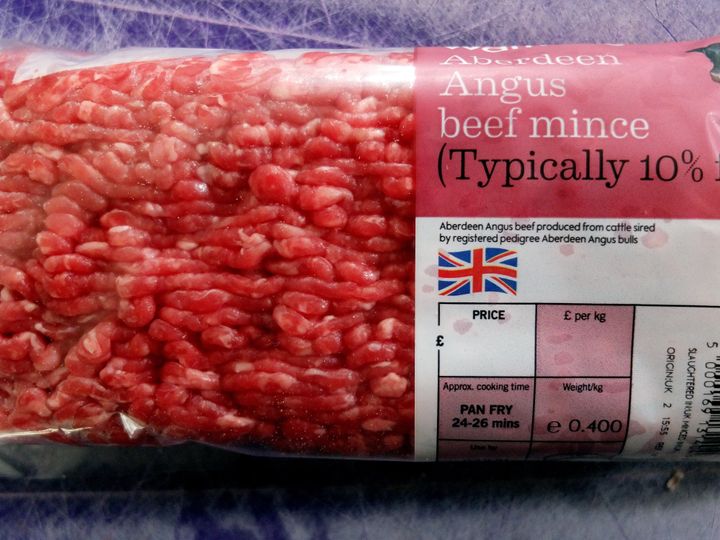
The latest allegations surrounding animal welfare at Rosebury Farm in Bedfordshire is another signal that however high our standards are compared to the rest of the EU, they’re still not high enough. The footage taken at this farm is not comfortable viewing. Nor do I think that many of us would say that these are the welfare standards that we would expect from any UK farm.
When compared to countries outside of the UK, we do have higher minimum welfare requirements, but that is not to say that they are enough. It just seems to be the best of a bad lot.
Part of the problem is down to labelling confusion. As a consumer, there are so many labels on so many different kinds of packaging that it’s easy to think that we are being conscious consumers, when the reality is somewhat different. In its own words “Red Tractor was launched by the food industry to promote clearer labelling and ensure food originates from a trustworthy source.”
Then there’s the ‘Outdoor Bred’/’Outdoor Reared’ labels. These immediately make us think these pigs have happily lived out their lives outdoors, when the reality is that they are born outside and then moved indoors after four to 10 weeks. There are also labels for RSPCA Assured, Free Range and Organic. Already that’s a fair few different labels, all with differing standards and assurances.
The formation of Labelling Matters proves just what a tricky issue labelling has become. Labelling Matters is a coalition of organisations looking to ensure meat and dairy products are better labelled in order to allow consumers to make a well-informed choice. They state that the “current labelling of meat and dairy products can be confusing, ambiguous and even misleading”. Research has been conducted and “has provided compelling evidence that, based on the label alone, most consumers, even those who feel they have ‘a reasonable, basic knowledge’ or ‘a good knowledge’ about ‘how farm animals are kept and reared’, are likely to misinterpret the farming method used for meat and dairy products.”
Not only are the labels confusing but the packaging can also be misleading. Packaging showing happy cartoon animals, situated in idyllic rural scenes make us believe we are buying into something wholesome, farm fresh and environmentally friendly. The Happy Egg Company is an egg brand whose logo includes a friendly little tuft of grass – another signifier to the consumer that these are, of course, happy outdoor hens. However, The Happy Egg Company was allegedly found to have 4.3m caged hens, despite their free-range claim.
Heck sausages also came under fire recently after their picture of a pig on their packaging was said to be misleading to consumers. As a premium brand of sausages, their packaging stood out on the shelves and showed a happy pig trotting around in a field. The reality in this case was that 60% of their pigs were allegedly being reared indoors, yet they were selling the idea to the consumer that their pigs were free to roam around outdoors.
The Slovenian theorist Slavoj Žižek identified an interesting trend in modern consumerism. The basic theory is that rather than being a consumer with a bad conscience as in the early days of consumerism, the price of fighting consumerism is now already included in our purchases. As a crude example, we may have felt guilty about eating a decadent meal or going on a luxury holiday over thoughts of drought, disease and famine in other countries. This may have prompted us to donate to charity to ease our guilt. Now, we may feel guilty about the effects of farming on the environment, our over consumption of meat etc, and so we look for products that seem to be “doing their bit”.
As humans we love stories, and as we buy into different brands we buy into their stories of “happy animals” and “happy farmers” through purpose-driven products. As consumers we “increasingly expect brands to have not just functional benefits but a social purpose.” It goes hand in hand with the idea that as we buy products we are contributing to a better world. Of course there are plenty of products that do contribute in fantastic ways, but how easy is it to distinguish between them all? Premium packaging that stands out on a supermarket shelf can easily persuade us that by paying this “premium price” we are already doing our duty in helping the environment or contributing to better welfare.
This combined with labels that are open to misinterpretation from even informed consumers is a dangerous combination. Along with words thrown on such as “all natural” and “farm fresh”, it’s no wonder that the average consumer hasn’t got a hope in hell of deciphering all the messaging as they’re whizzing round the supermarket.
